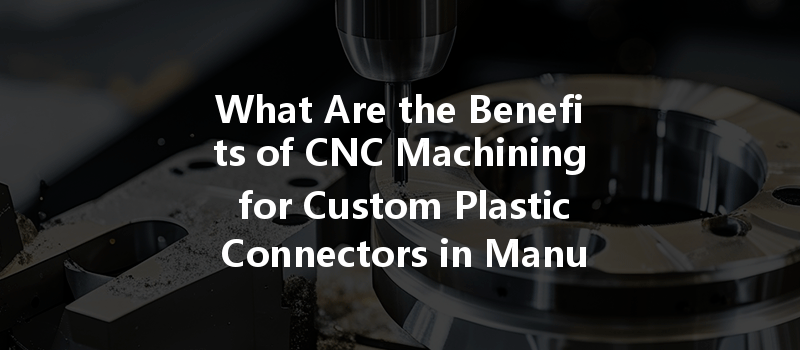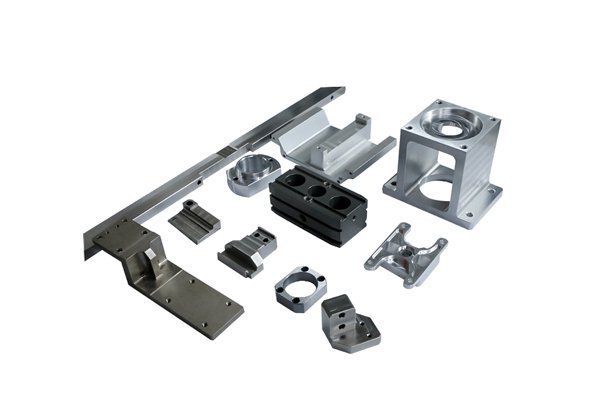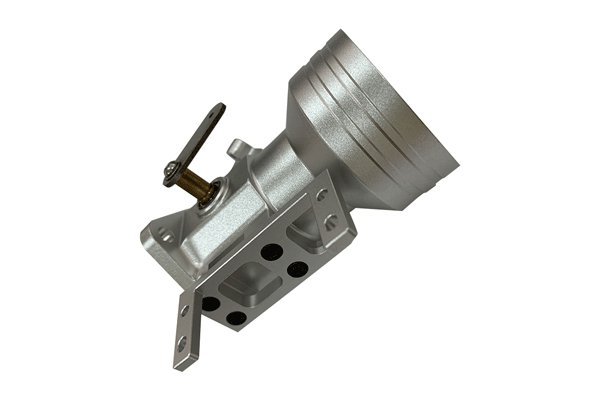Did you know that the global CNC machining market is expected to grow from $63.53 billion in 2020 to $100.49 billion by 2026, at a compound annual growth rate (CAGR) of 7.92%? This surge in interest highlights just how vital CNC machining has become in various sectors—especially in the creation of custom plastic connectors. But have you ever wondered why these connectors are so pivotal? They serve as the invisible backbone of countless devices, enabling seamless communication, connectivity, and functionality in everything from consumer electronics to complex industrial machinery.
In this comprehensive blog, we will delve into the realm of CNC machining, specifically focusing on its application in manufacturing custom plastic connectors. We will explore what CNC machining entails, investigate the advantages of using it for creating plastic connectors, and provide detailed solutions to common challenges faced in the manufacturing process. This information will be beneficial not only for manufacturers but also for buyers and end-users of plastic connectors who want to understand the intricacies of production better.
—
What is CNC Machining?
CNC, or Computer Numerical Control, machining is a manufacturing process that utilizes computerized controls to operate machine tools, such as lathes, mills, routers, and grinders. The primary advantage of this process lies in its precision and ability to create intricate designs that would be difficult or impossible to achieve manually. CNC machines automate tasks, allowing for higher production rates and reduced cycle times, which is particularly beneficial in high-demand sectors.
—
The Role of Plastic Connectors in Manufacturing
Plastic connectors, while seemingly simple, play an essential role in forming the connections between different components in various products. They can range from basic snap-fit designs used in consumer goods to complex configurations required in automotive and aerospace applications. The durability, weight, and ease of manufacturing make plastic an attractive choice for connectors.
Types of Plastic Connectors:
—
Advantages of CNC Machining for Custom Plastic Connectors
CNC machining allows for exceptional precision, which is critical when dealing with tight tolerance specifications. Consistency in dimensions ensures that connectors fit perfectly, thereby enhancing reliability.
CNC machines can accommodate complex geometries and intricate designs, making them ideal for custom projects. This flexibility enables designers to innovate without the constraints imposed by traditional manufacturing methods.
CNC machining is compatible with various plastic materials, including polycarbonate, ABS, and nylon. This versatility ensures that manufacturers can choose the best materials based on their specific application requirements.
With automated processes, CNC machining can significantly reduce production time. This efficiency helps businesses respond rapidly to fluctuating demand while minimizing lead times.
Automation in CNC machining limits the risk of human error, ensuring that the final product adheres to the required specifications without discrepancies.
Although the initial setup for CNC machining can be higher than traditional methods, the cost per unit decreases significantly for larger runs, making it cost-effective in the long term.
—
Solutions to Common Challenges in CNC Machining of Plastic Connectors
Despite its many advantages, manufacturers may face specific challenges when adopting CNC machining for custom plastic connectors. Here are some common issues and their solutions:
Challenge: Choosing the right plastic material for the connector can be complex, especially with various options available.

Solution: Conduct thorough research to understand the mechanical and thermal properties needed for your application. Engage with material suppliers to assess which options provide the best performance and cost-efficiency for your specific requirements.
Challenge: CNC machines can experience tool wear, particularly when machining tough plastics, which can lead to quality issues.
Solution: Utilize high-quality, durable cutting tools designed for plastic machining. Regularly monitor tool condition and replace or sharpen them as needed to mitigate wear-related issues.
Challenge: Poor chip removal can affect the machining process by causing clogging or inconsistent finishes.
Solution: Implement effective chip management techniques, such as using coolant systems or optimizing feed rates, to enhance chip flow and removal during machining.
Challenge: Plastics can expand and contract with temperature changes, affecting dimensions during and after machining.
Solution: Conduct machining in controlled environments where temperature can be regulated. Consider using materials with lower coefficients of thermal expansion for critical applications.
Challenge: CNC machined plastic connectors may require finishing processes for optimal performance.
Solution: Be prepared to implement secondary operations such as sanding, polishing, or coating to achieve desired finishes and wear resistance.
—
Case Studies: Successful Applications of CNC Machining for Custom Plastic Connectors
Case Study 1: Automotive Industry
A leading automotive manufacturer required custom plastic connectors for an advanced electrical system. By employing CNC machining, the manufacturer produced high-precision connectors tailored to specific circuit requirements. The result was a significant reduction in production time and costs while increasing reliability.
Case Study 2: Consumer Electronics
A company specializing in consumer electronics faced issues with component connectivity. They turned to CNC machining for creating innovative snap-fit connectors, which not only simplified assembly but also improved product durability. Their market share increased significantly due to enhanced product performance.
—
Future Trends in CNC Machining for Custom Plastic Connectors
—
In summary, CNC machining has proven to be a transformative force in the manufacturing of custom plastic connectors, offering unbeatable precision, flexibility, and efficiency. From the challenges of material selection and tooling wear to successfully navigating post-processing needs, understanding these facets is crucial for manufacturers looking to leverage CNC technology effectively.
As we look toward the future, the integration of advanced technologies and sustainable practices will further hone the capabilities of CNC machining, solidifying its role in modern manufacturing.
In an age where innovation drives competitiveness, recognizing and utilizing the benefits of CNC machining for custom plastic connectors isn’t just a technical choice; it’s a strategic necessity. Whether you’re a manufacturer, designer, or a stakeholder in the industry, this topic warrants your consideration and proactive engagement.
Let this blog serve as a comprehensive guide that not only enlightens you about CNC machining’s role in custom plastic connectors but also encourages you to think critically and strategically about your manufacturing processes moving forward.
Related Posts
- What are the key differences between additive manufacturing and CNC machining in terms of material impact?
- What is the difference in cutting speed between 304 stainless steel CNC machining and other stainless steels?
- What are the key differences in machinability between 5052 aluminum and PA66 nylon during CNC machining?






